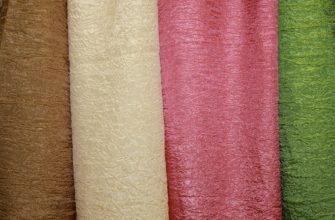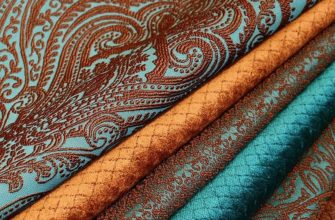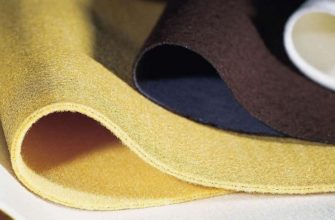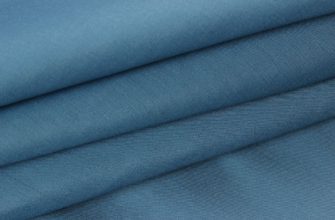In addition to the well-known types of fabrics, when choosing a material for sewing a particular product, you can also see completely unfamiliar names. Light fabric is an example of how the name of the material already contains a hint as to what it is.
Light fabric - what is it
The name of the material comes from the English word "Light", which is translated as "light". Accordingly, manufacturers, adding the word "light" to the name, imply that this fabric is a lightweight version of the main material. In its composition, the fabric can be both natural and synthetic or mixed.
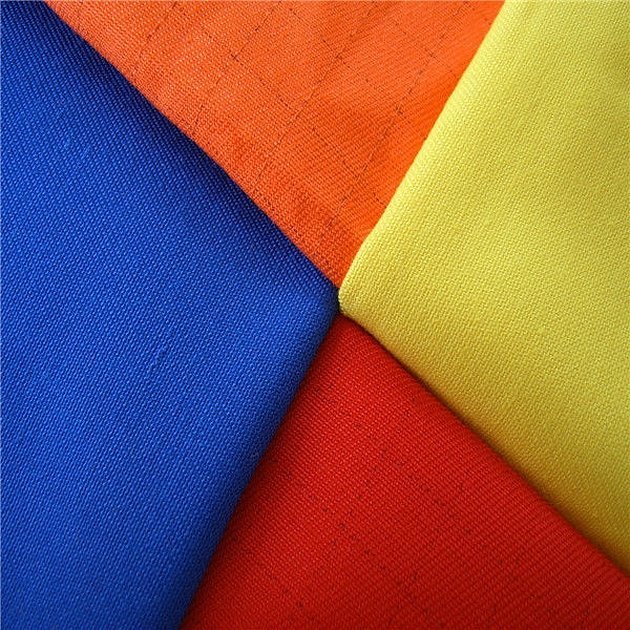
Description and characteristics of the material
If we consider the description of light fabric, it is based primarily on the characteristics of the main material: can it wrinkle, is it translucent, etc. But still, several common distinctive features are distinguished:
- a canvas marked "light" is never heavy;
- density less than that of the base matter;
- small thickness;
- Most varieties have good elasticity and can stretch quite well.
Please note! Despite their ability to stretch, the products retain their original appearance for a long time and do not require complex care.
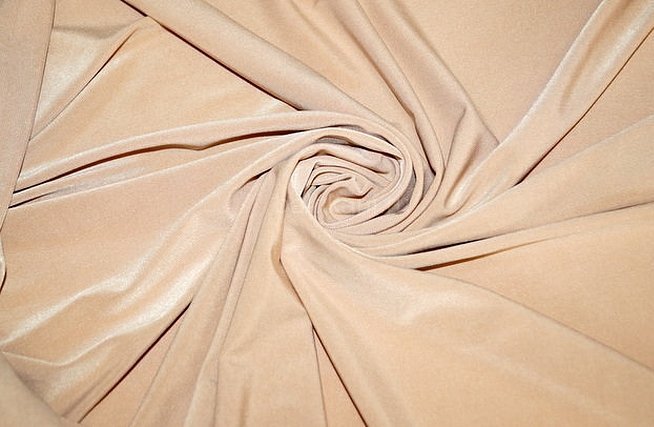
Types and compositions
Many popular materials are also released in a light version in addition to the classic version.
Tick light
Natural fabric made from cotton or linen threads. The basic version has a fairly high density - up to 160 g / m², while the lightweight version can reach 140 g / m². Light teak is characterized by good air permeability, durability and a long service life. The natural composition determines the environmental friendliness of teak products. It is perfect for sewing home textiles (bed linen, tablecloths, curtains) or wardrobe items.

Satori light
A mixed material consisting of half cotton and half polyester. Its main purpose is to produce work clothes, for example, for medical workers or cooks. Due to its low density (no more than 115 g/m²), clothes made from it can be used when working in warm weather or in rooms with high temperatures. The fabric is highly breathable, soft and durable. Products made from it are easy to clean, and they withstand repeated washings in hot water with bleach, maintaining their properties without the risk of stretching.
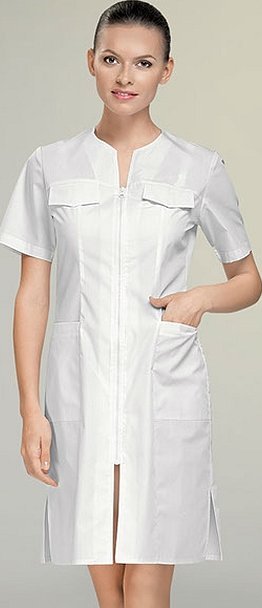
Boston Light
The material contains 35% cotton and 65% polyester. Even in the lightweight version, the density is about 200 g / m². Dense light fabric is suitable for sewing workwear that can withstand uncomfortable conditions, frequent washing and should not stretch or deform. Accordingly, the main characteristics of the fabric are wear resistance and durability. At the same time, it practically does not wrinkle and does not lose its attractive appearance for several years.
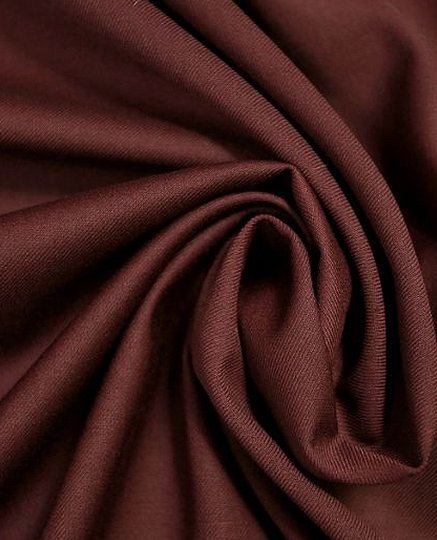
Pikachu Light
A material made of synthetics - polyester or elastane - with a small addition of viscose. Its main purpose is to sew everyday women's clothing. The classic version of the fabric is suitable for making jackets and trousers, and a lightweight version with a density of up to 200 g / m² is used for sewing skirts, dresses, blouses. The fabric is distinguished by good elasticity, and products made from it fit perfectly on the figure.
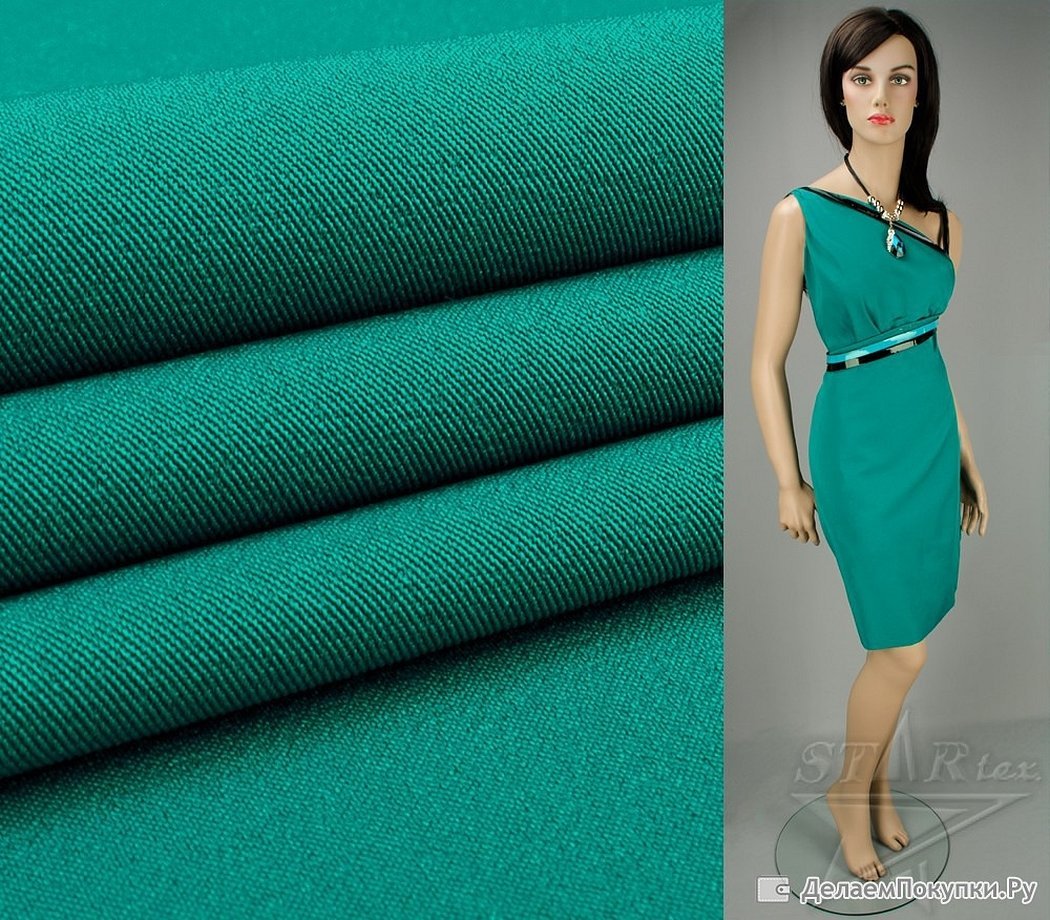
Features of use and care
Light fabric is used for sewing many different products:
- density, ease of processing and light weight allow the material to be used for making home interior items - curtains, bed linen, covers for upholstered furniture, etc.;
- lightness, elasticity and breathability make it an excellent option for sewing summer clothes - sundresses, skirts, blouses;
- It is not uncommon to find accessories and decorative items made from lightweight material - fabric bags, flowers, hairbands.
When choosing light fabric for sewing any items, you should consider the density of different types of material: thinner ones are suitable for wardrobe items, denser ones are suitable for furniture covers and curtains.
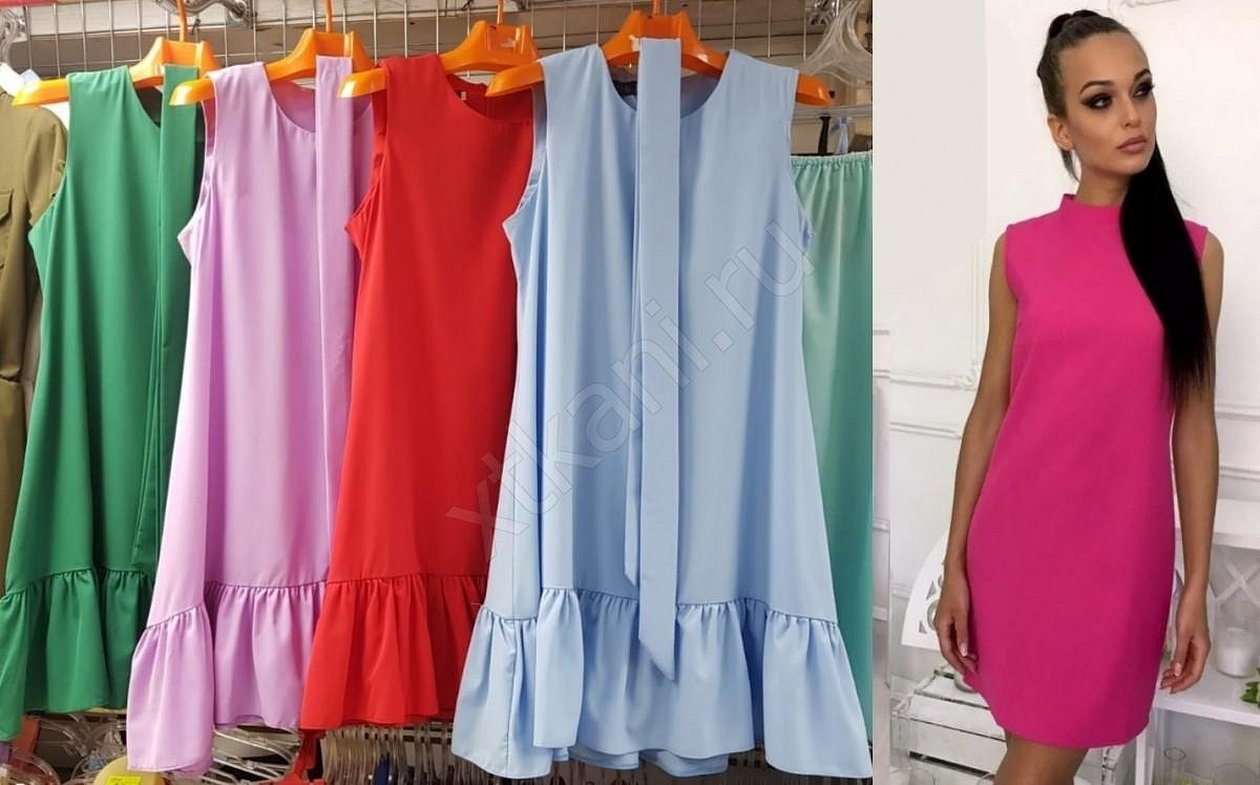
As for the care of products made from this material, it will not cause any particular problems:
- the material tolerates washing well: white items can be washed at 60°C, and colored items at 40°C;
- the products retain their appearance well and hardly wrinkle. It is enough to hang them up carefully after washing, but if necessary they can be ironed at an iron temperature of 150 °C;
- White items can be bleached.
Please note! If white items have colored elements or inserts, it is not recommended to use chlorine-containing products when washing.
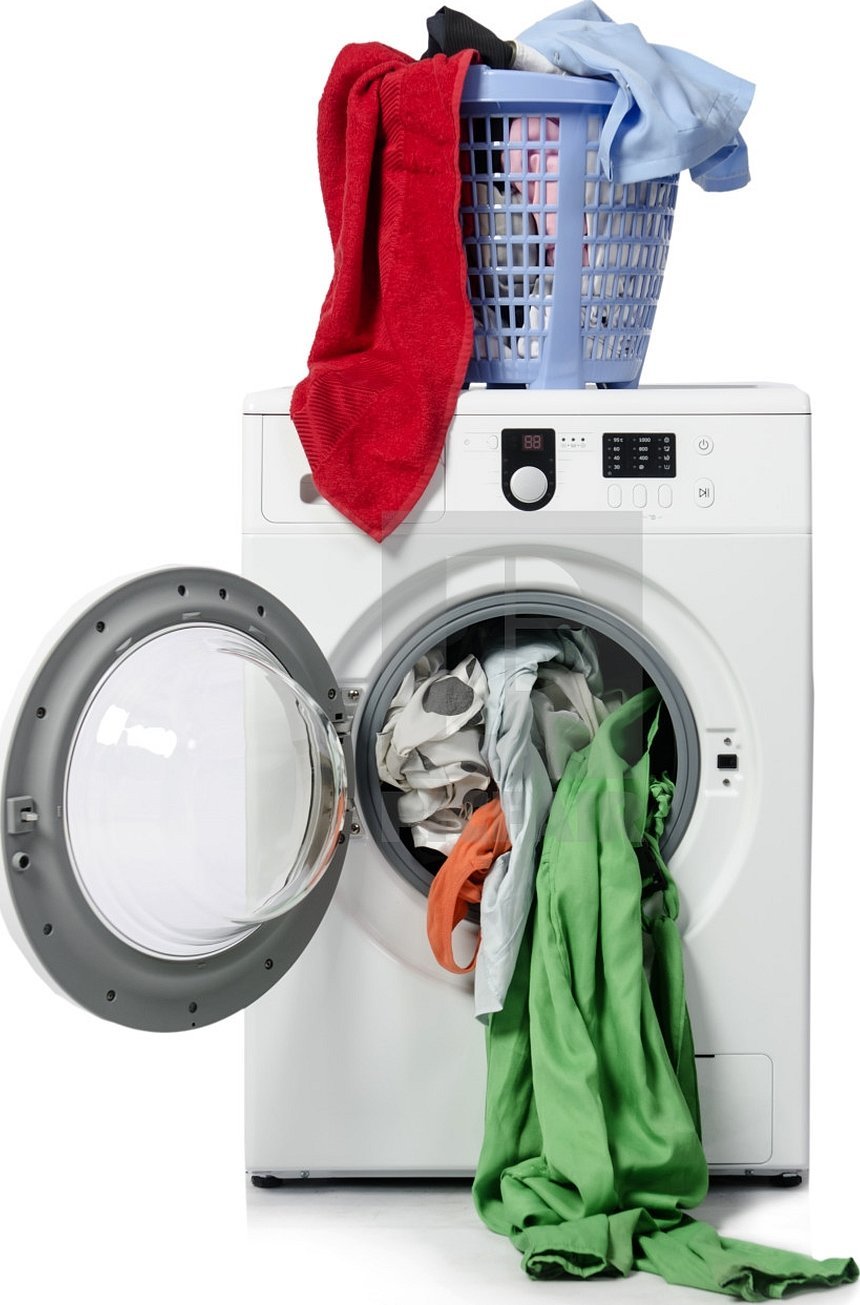
Advantages and disadvantages
Fabrics labeled "light" are often chosen for sewing various wardrobe items and home textiles. Such popularity of the material is due to a number of undeniable advantages:
- lightness, which allows you to sew summer clothes with good air permeability;
- hygroscopicity, which allows the fabric to quickly absorb moisture and dry just as quickly;
- practicality. The fabric is easy to clean, even without the use of aggressive agents;
- wear resistance. Products retain their original appearance for several years, even with frequent washing;
- wrinkle resistance. Practically does not require ironing, it is enough to hang up half-dried items carefully;
- low shrinkage rate at the production stage allows finished items to retain their size without stretching or losing shape;
- The softness allows the material to be used for making a variety of different types of products.
Please note! The material has practically no disadvantages, except for one - its low density does not allow it to be used for sewing warm clothes.
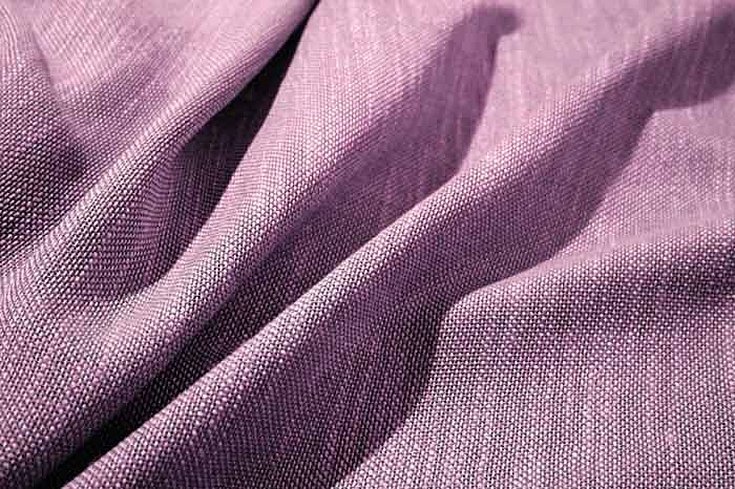
Average prices
The price for the same type of fabric may vary depending on the brand and country of manufacture. The average cost for the most popular types of lightweight fabrics with a fabric width of 150 cm:
- teak light — 160 rub.*;
- satori light - 200 rubles;
- Boston Light - 300 rub.;
- Pikachu Light - 205 RUB
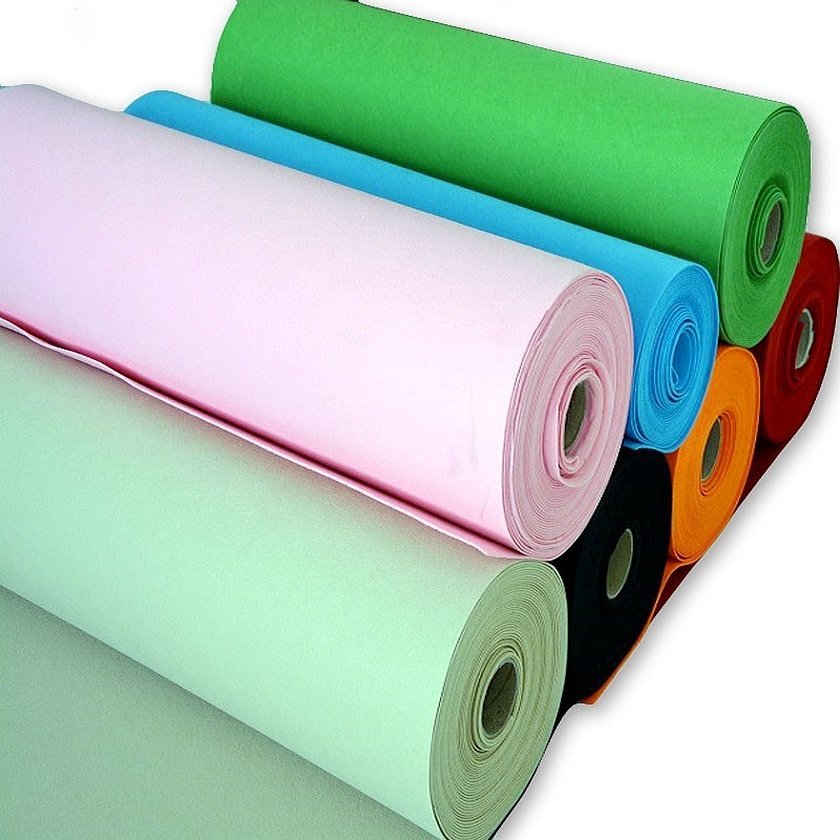
Customer Reviews
There are mostly positive reviews about the light fabric.
Veronika Sergeeva, 28: "I bought a sundress made of light fabric in an online store. There were no reviews about the material, so I had some doubts when buying. The sundress turned out to be very light, pleasant to the body. It turned out to be an excellent option for hot weather."
Marina Kazantseva, 48: "I was choosing new curtains, and the salesperson advised me to take some made of light fabric. I was very pleased with the purchase - the material drapes well, washes well and practically does not wrinkle."
Please note! Thus, the light fabric is a lightweight material that is perfect for sewing summer clothes, as well as bed linen and curtains. It is known for its high wear resistance and does not require complex care.
*Prices are valid as of May 2019.

